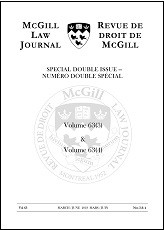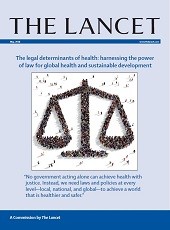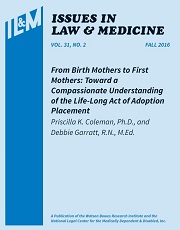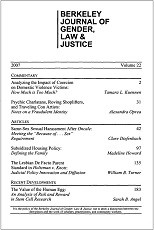Bernard M Dickens

Abstract
In Nancy B. v. Hotel-Dieu de Quebec, the Quebec Superior Court held that a patient was legally entitled to discontinue and decline medical treatment when she found it unacceptable. The author discusses how this case is consistent with several other, decisions, yet distinguishable from certain Canadian decisions which contributed to its outcome. Through an analysis of Criminal Code provisions against homicide and on the duty to preserve life, the doctrine of informed consent, and related jurisprudence, the author argues that the Nancy B. decision narrows the gap between allowing a patient to suffer natural death and medically assisting death. The author also raises issues associated with the notion of medical futility. He concludes that “the Nancy B. case moves the discourse in medical ethics and law towards the feminist “carebased” paradigm and suggests that the carefully- circumscribed judicial response was an appropriate legal answer to the question of how best to care for Nancy B..
Dickens BM. Medically Assisted Death: Nancy B. v. Hotel-Dieu de Quebec. McGill Law Journal. 1993;38(1053-1070.








